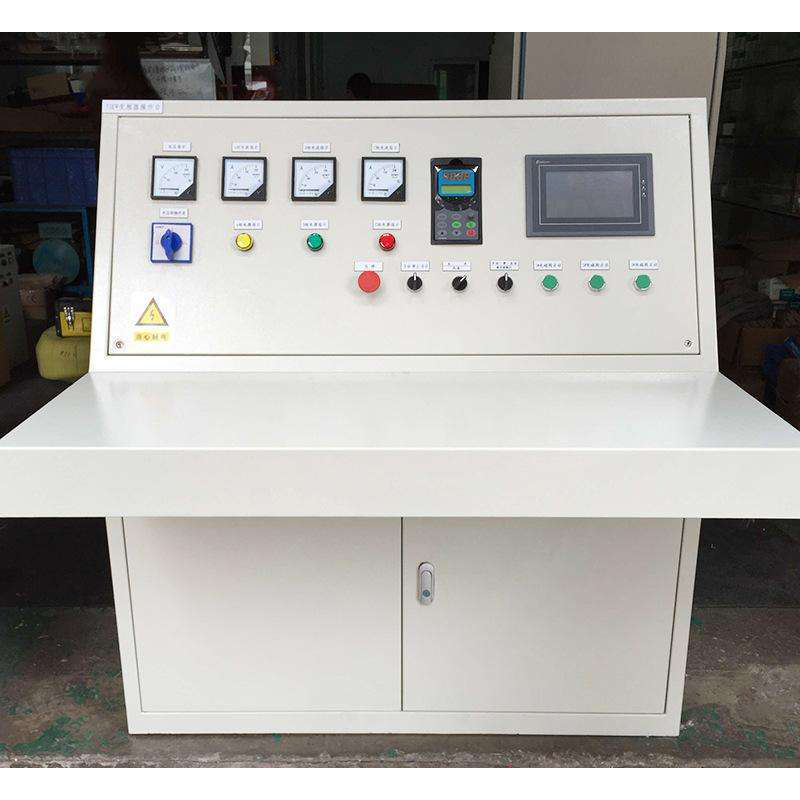
12 月 . 03, 2024 18:36
Back to list
natural gas pressure reducer
Understanding Natural Gas Pressure Reducers
Natural gas, a vital source of energy, is used to power homes, businesses, and industries. However, the pressure at which natural gas is supplied can vary significantly, leading to potential safety hazards and inefficiencies. To address this issue, natural gas pressure reducers play a crucial role in ensuring that gas is delivered at the appropriate pressure for various applications. In this article, we will explore the function, types, and benefits of natural gas pressure reducers.
What is a Natural Gas Pressure Reducer?
A natural gas pressure reducer, also known as a gas pressure regulator, is a mechanical device that reduces the high pressure of natural gas from the supply line to a lower, more usable pressure for end-users. The primary purpose of these devices is to maintain a consistent pressure level, ensuring the safe and efficient operation of appliances, heaters, and other equipment that use natural gas.
How Does a Pressure Reducer Work?
The operation of a natural gas pressure reducer is based on principles of fluid dynamics and mechanical engineering. Typically, these devices consist of a diaphragm, spring, and throttling mechanism. When high-pressure gas flows into the reducer, it pushes against the diaphragm, causing it to deform. This movement activates the throttling mechanism, which opens or closes to regulate the flow of gas, thus maintaining the desired output pressure.
The reducer automatically adjusts to fluctuations in incoming pressure, providing a stable and consistent gas flow. This dynamic response is critical in preventing appliance damage and ensuring safety, as excessive pressure can lead to explosions or leaks.
Types of Natural Gas Pressure Reducers
There are several types of natural gas pressure reducers, each designed for specific applications and pressure ranges. The most common types include
1. First-Stage Regulators These are used in high-pressure systems, reducing the gas pressure to a medium level. They are often installed at the entry point of a gas distribution system.
2. Second-Stage Regulators Following the first stage, these regulators further reduce the pressure for end-user applications. They ensure that the gas delivered to appliances is at a safe and efficient level.
natural gas pressure reducer

3. Single-Stage Regulators These are simpler devices that perform the reduction in one step and are typically used for low-pressure applications.
4. Dual-Stage Regulators For applications requiring more precise control of pressure, these units use two stages of pressure reduction, offering enhanced stability.
5. Emergency Shut-Off Regulators These specialized regulators activate under abnormal pressure conditions to shut off the gas flow, providing an additional safety feature.
Benefits of Using Pressure Reducers
Natural gas pressure reducers provide several key benefits
1. Safety By controlling the pressure of gas, these devices prevent hazards such as explosions, leaks, and other dangerous situations that can arise from high-pressure gas.
2. Efficiency Regulators help improve the efficiency of gas appliances, ensuring they operate within their designed pressure ranges. This not only saves energy but also prolongs the life of the appliances.
3. Consistent Performance With the ability to adjust to varying supply pressures, pressure reducers ensure that gas appliances consistently receive the right amount of gas, enhancing performance and reliability.
4. Versatility Available in various designs and specifications, pressure reducers cater to different applications, from residential systems to large industrial installations.
Conclusion
In conclusion, natural gas pressure reducers are essential components in the safe and efficient use of natural gas. By regulating the pressure of gas supplied to appliances and systems, they play a vital role in ensuring safety, efficiency, and consistent performance. Understanding how these devices work and their types can help users make informed decisions about their natural gas systems, ultimately leading to a safer and more efficient energy usage. As the demand for natural gas continues to grow, the importance of reliable pressure regulation will only become more pronounced in both residential and industrial settings.
Next:
Latest news
-
Unlocking The Quality Gas Pressure ReducersNewsNov.01,2024
-
The Role of Gas Pressure Reducing StationsNewsNov.01,2024
-
The Importance and Functionality of Safety Relief ValvesNewsNov.01,2024
-
The Essential Role of Safety Valves in Natural Gas ApplicationsNewsNov.01,2024
-
The Essential Role of Gas Pressure RegulatorsNewsNov.01,2024
-
Enhance Your Premium Gas FiltersNewsNov.01,2024

